CEREC is an acronym for Chairside Economical Restoration Of Esthetic Ceramics or Ceramic Reconstruction.
It’s a technology that’s used for the preparation of different types of dental restorations, including dental crowns.
CEREC crowns have become more popular over the years. While they are convenient, they do have some drawbacks when it comes to cost and durability.
In this guide, you’ll learn everything you need to know about CEREC crowns and if they are right for you.
History Of CEREC
The first CEREC system was developed in 1985 by a prosthodontist, Werner Mörmann, and an electrical engineer, Marco Brandestini, in Switzerland.
Using CAD (computer-aided design)/CAM (computer-aided manufacturing), CEREC was introduced to create one or more chairside ceramic restorations.
Design, milling, creation, and fitting could all be done in just one dental appointment with this system. Prefabricated ceramic blocks are used for this.
Initially, the restorations produced by this system were less than satisfactory. There were issues with both the design and the fitting.
However, over the years, both its hardware and software were updated.
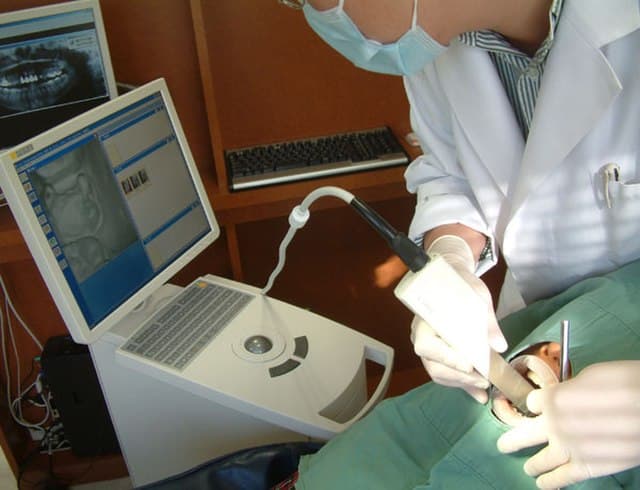
The first-generation CEREC 1 system has now been upgraded to CEREC 3, which comes with an intraoral camera and generates 3D models of patients’ teeth.
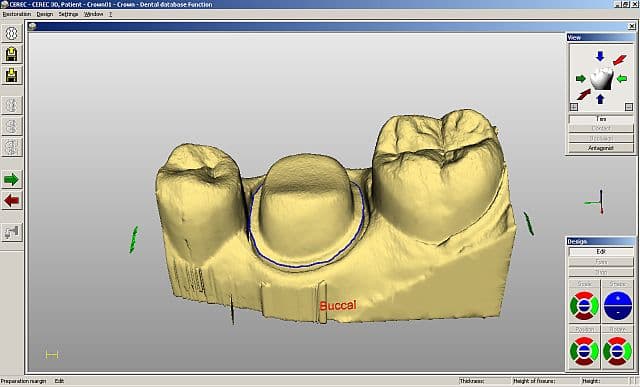
Also, initially, more limited-design restorations were created by the CEREC technology.
For instance, CEREC 1 was able to develop inlays, onlays, and veneers. But now, it’s not just used to develop crowns but also implants and dentures.
What Is A CEREC Crown?
CEREC crowns are all-ceramic restorations made with the CEREC technology, which consists of:
- Optical scanner
- Computer software
- Milling unit
Rather than having a technician prepare the crown in a lab, the clinician creates the entire crown, giving them more control.
That’s why it’s called a “chairside” system.
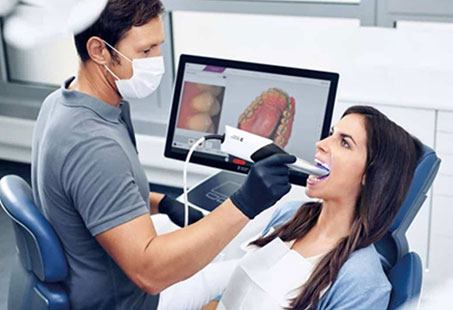
Also, since the crown is prepared in the same sitting, the patient is able to get a new restoration in just one appointment.
This is unlike traditional crowns, where you have to wait for 1-2 weeks to get a new crown.
Additionally, this process eliminates the need for a dental impression, which can cause discomfort by triggering the gag reflex.
It simply uses an intraoral camera to scan the dentition, and then the software automatically generates a 3D model.
Of course, the dentist can make adjustments to the design before sending it for creation in the milling unit.
It may sound like a time-taking process, but usually, patients are done in an hour.
What’s The Procedure For Getting A CEREC Dental Crown?
Once you arrive at the clinic, the dentist will begin by administering local anaesthesia. This way, you won’t feel any pain during the tooth preparation stage.
Once the tooth has been prepared, the crown will be prepared in the following stages:
- Scanning – A handheld device with a camera at its tip is taken inside the mouth. With light shining on the target tooth and surrounding tissue, an image is captured and transmitted to the software.
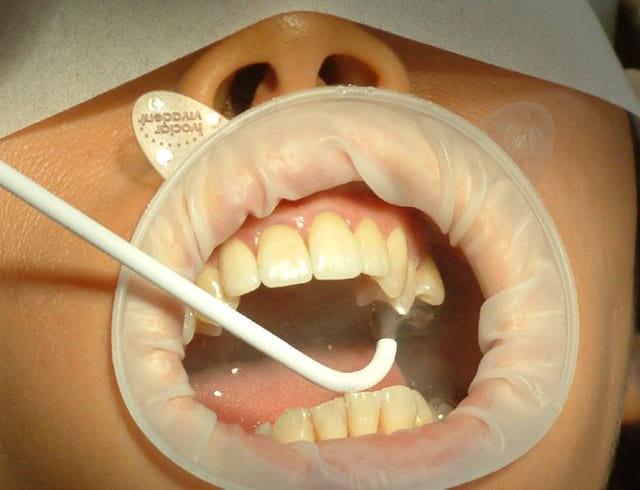
- 3D Model Generation – A virtual impression of the teeth is created with the help of CAD. It is then further adjusted by the dentist if necessary.
- Milling – The final design is sent to the milling chamber that’s fitted with a block of ceramic. Within a vacuum, the precision tools grind and mould the block. And the final restoration comes out polished.
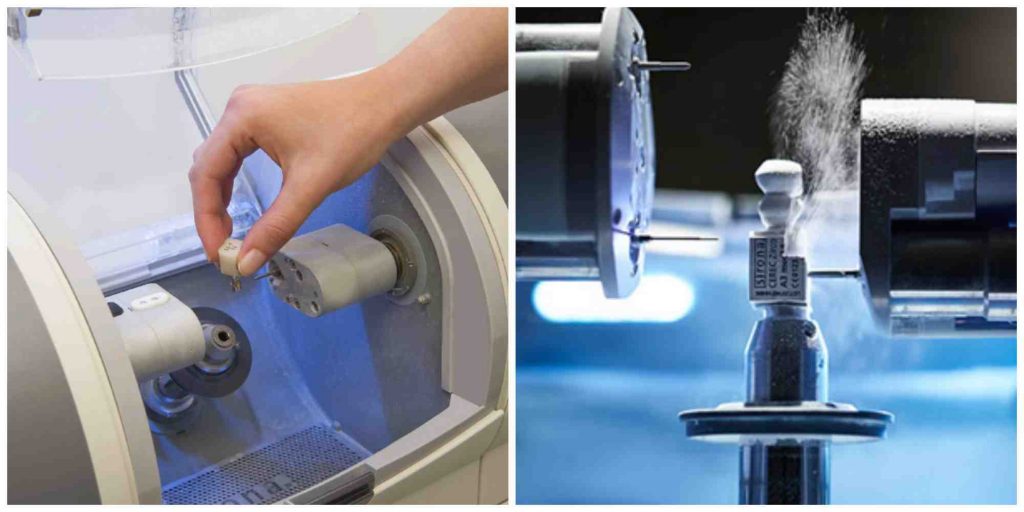
- Fitting – The dentist will fit the crown on your tooth to check if it fits properly. If it’s all good, it’s then fitted with cement.
In the end, you’ll leave the clinic – usually in about an hour – with a permanent new dental crown in place.
How Long Do CEREC Crowns Last?
CEREC crowns can last for as long as 5-10 years, sometimes longer if properly taken care of.
Based on research published in Operative Dentistry, CEREC crowns have a success rate of around 94% after 5 years and 85% after 10 years.
Still, another study published in the Dental Materials Journal showed that all-ceramic CEREC crowns have a tendency to fracture after 5 years.
Once a crown gets cracked, it usually requires replacement to avoid any damage to the underlying tooth.
Are CEREC Crowns Better?
In some ways, CEREC crowns are better.
Their biggest benefit is that they can be designed, created and fitted on the same day.
In the case of traditional crowns, temporary crowns are fitted in the patient’s mouth until the permanent crowns are prepared.
In addition, the entire procedure is more comfortable for the patient because no impression putty or tray is required.
What Are The Disadvantages Of CEREC Crown?
CEREC crowns have a limited colour and material choice, lack durability, and aren’t widely available.
Let’s take a closer look at each con.
Limited Materials & Colours
CEREC crowns are only available in all-ceramic.
You can’t get them in gold, porcelain, zirconia, metal, composite or resin.
The other problem with these crowns is that there isn’t exactly a standard tooth shade guide to choose the proper shade.
So, the results might not be as natural-looking as the crown will not blend well with the surroundings.
Lack of Durability
Ceramics, in general, are weaker and prone to breakage.
That’s why, more commonly, it’s porcelain (fused with metal) that’s used for dental crowns because of its durability and natural-looking appearance.
And according to a study published in the Journal of Prosthetic Dentistry, all-ceramic crowns are quite “less resistant to fracture” than porcelain-fused-metal crowns.
Therefore, these crowns can break quite easily.
For that reason, they might not be especially suitable for back teeth where biting forces are stronger.
Poor Availability
CEREC crowns are not widely available.
The machinery and software required for their production can’t be found at every other clinic.
That’s because, firstly, it requires special training, which not many people have. And secondly, the milling unit alone can cost around £15,000 or even more.
The clinic will also have to keep investing in the machine to buy the raw materials for the crowns (not to forget: maintenance).
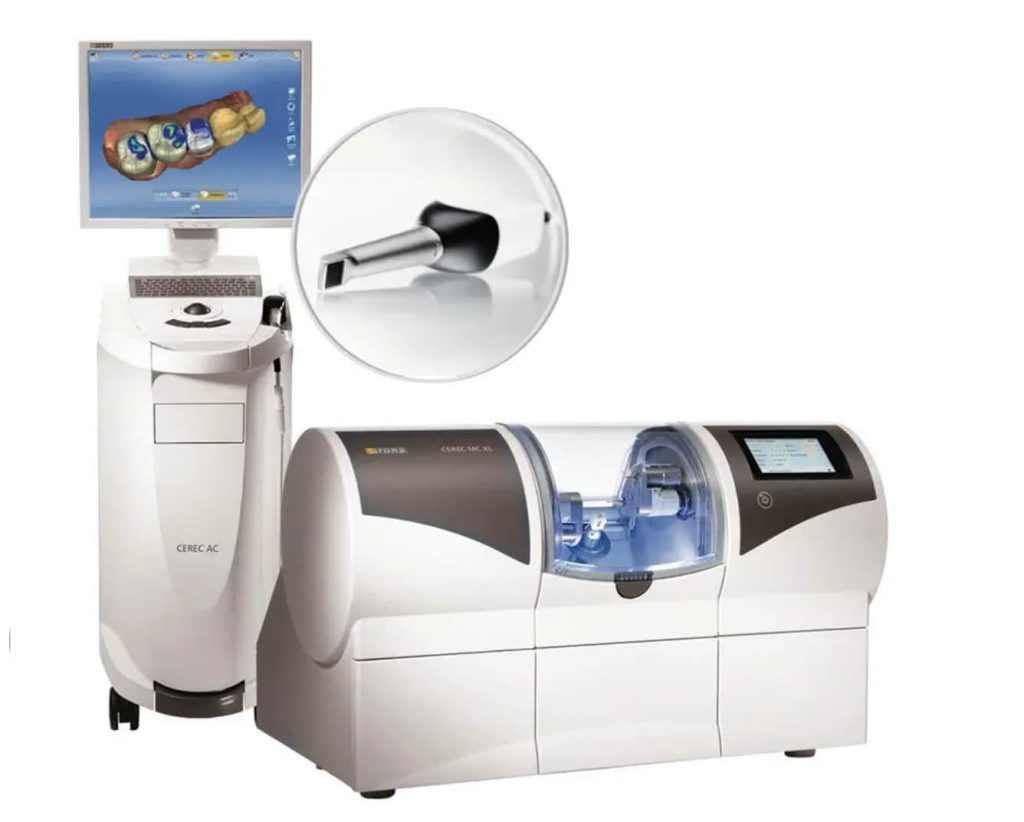
Therefore, its expense is what deters many dentists from buying it. It’s relatively cheaper to get the crown made in a lab.
Are CEREC Crowns Safe?
According to a review published in The Saudi Dental Journal, ceramic is a “biocompatible” and “inert” material.
And since CEREC crowns are made entirely from ceramic, they are unlikely to pose any safety risks.
An allergic reaction to this material is, however, possible. So, if you have a history of allergies, make sure to inform your dentist.
How Much Does A CEREC Crown Cost?
In the UK, the starting price of a single CEREC crown is usually around £500. This is about the same as other types of crowns, such as porcelain-fused metal, zirconia or gold.
You can expect them to be a little pricier because they’re not as easily available. Low supply and high demand can make them a bit more expensive than other more easily available options.
Additionally, the dentist will also have to consider the price of the machine when determining the final cost of the crown.
What Is The Difference Between Traditional Crown and CEREC?
The key difference between traditional and CEREC crowns is the wait time. CEREC crowns are same-day restorations. However, with traditional crowns, you have to wait for a week or so.
Other than that, with traditional crowns, there’s a wider variety of material and colour choices. With them, you can also go for the more budget-friendly options.
Strength is another differing factor. Of course, with traditional crowns, you can get more durable varieties in the form of porcelain, zirconia and metal.
Here’s a summary of the differences between the two types of crowns:
| Traditional Crowns | CEREC Crowns | |
| Material(s) | Porcelain, zirconia, metal, gold, silver, ceramic, resin, composite | Ceramic |
| Procedure | Tooth is prepped and fitted with temporary crowns. Permanent crowns are fitted after about a week. | Tooth is prepped. Permanent crown is prepared with CEREC and fitted in the same appointment. |
| Anaesthesia | Local | Local |
| Longevity | 10-15 years | 5-10 years |
| Durability | Typically stronger (with a few exceptions) | Typically weaker |
| Results | Natural-looking | Might look a bit fake |
| Cost | £500-£1,000 in the UK (depends on the material) £200-£300 in Turkey | £500-£1,200£250-£400 in Turkey |
Conclusion
CEREC crowns sound quite convenient because they’re same-day restorations.
However, there are more than a few problems with them. One of its biggest drawbacks is that it’s only an all-ceramic crown.
And a ceramic crown, in general, is not as durable. So, it can break more easily and not last as long.
Other than that, you might also not be able to get it quite easily because not many clinics offer it. Still, if you’re considering it, it’s a good idea to discuss some alternative options with an experienced and board-certified dentist.
Reviewed and Approved by Dr Izbel Aksit
FAQ
Are CEREC Crowns good for molars?
Due to their lack of durability, CEREC crowns are not suitable for molars. Most chewing and grinding are done by the molars at the back of the mouth. This will make it very easy for your all-ceramic crown to break.
Can a CEREC crown be adjusted?
After a 3D model of the dentition has been created by computer software, your dentist can make adjustments to the design of the crown so that it fits more snugly.
Are CEREC crowns stronger than traditional crowns?
CEREC crowns are not as durable as traditional crowns made from porcelain, zirconia or different metals. They’re likely to break more easily.